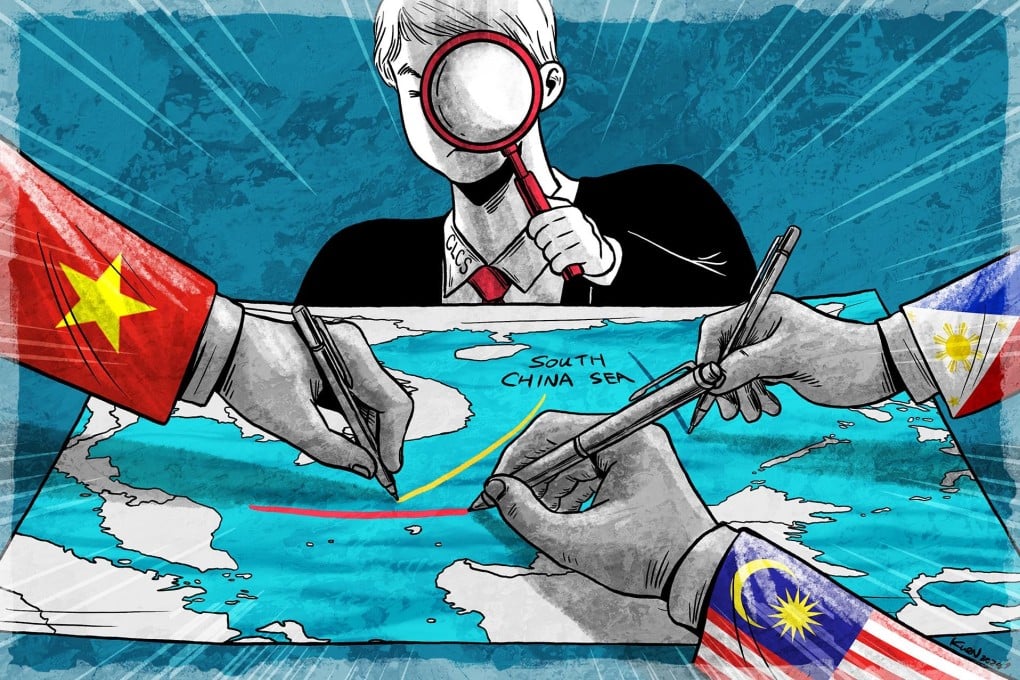Advertisement
Legal complexities add to Beijing’s South China Sea disputes with its neighbours
- Rival claimants in the disputed waterway have lodged submissions to the UN but experts say China may not want to follow suit
Reading Time:6 minutes
Why you can trust SCMP
46

Tensions are mounting in the South China Sea – a hotly contested and globally significant waterway that’s become a flashpoint for conflict. In the third instalment of a four-part series we look at some of the claimants’ legal efforts to support their case.
In recent weeks, two of the countries with competing territorial claims in the South China Sea have asked the United Nations to recognise that the outer limits of their boundaries should extend beyond 200 nautical miles (370km).
Vietnam’s proposal in July to the UN Commission on the Limits of the Continental Shelf (CLCS) followed a similar submission the previous month by the Philippines. Both could bring added complexity to the tensions surrounding the disputed waterway.
Hanoi and Manila are each seeking formal recognition that they have an extended continental shelf (ECS) into a contested part of the South China Sea which is subject to multiple claims – including from both parties, as well as Beijing.
The latest requests bring the total ECS submissions in the South China Sea to five, with the first dating back as far as 2009. None have been resolved and the outer limits outlined in the proposals frequently overlap.
Success would grant the submitting states exclusive sovereign rights to the natural resources of their continental shelves. But to complicate matters further, the CLCS will not review submissions that are embroiled in land or maritime territorial disputes.
While there is a strong possibility that the submissions may not be actively reviewed by the CLCS, Chinese experts are keeping a keen eye on the potential repercussions they could have on Beijing’s claims in the waters.
Advertisement